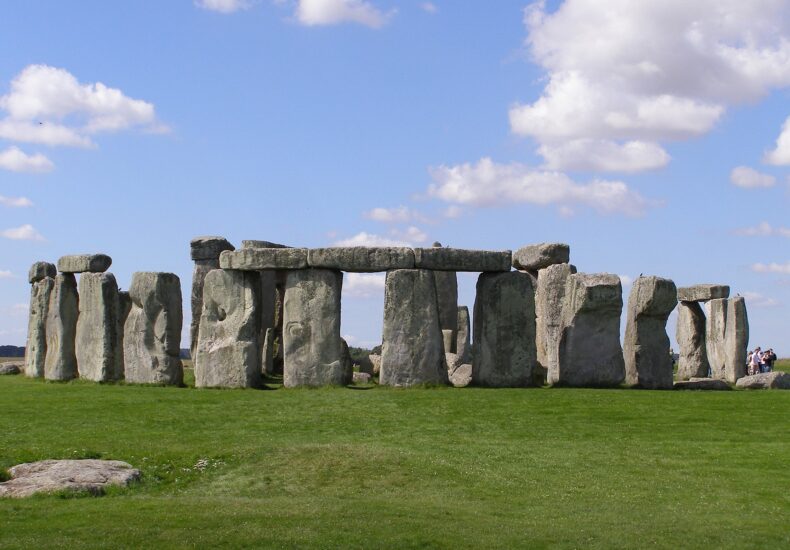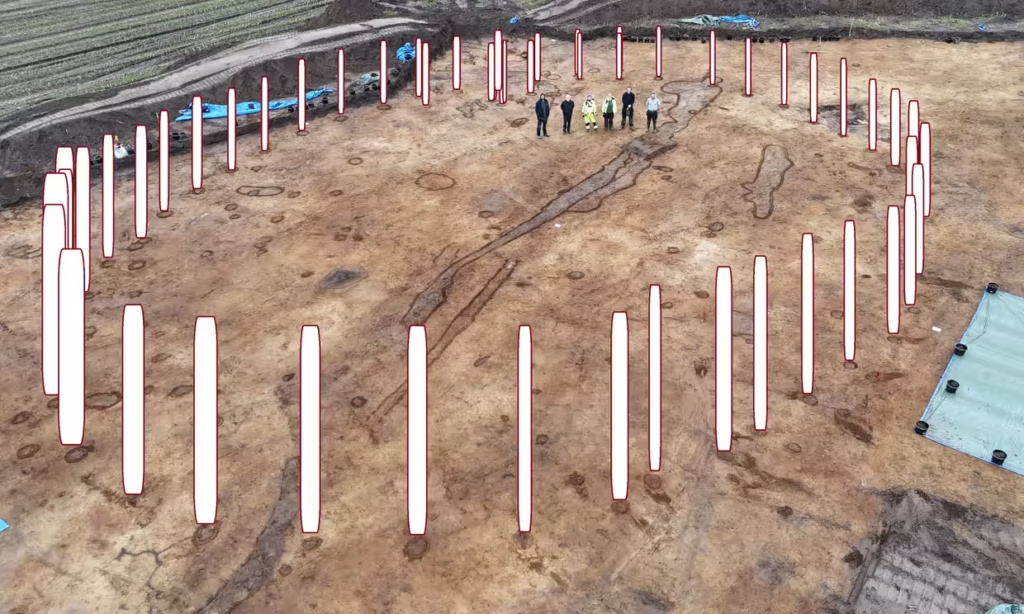
Archaeologists Discover Woodhenge Structure in Denmark
The recent archaeological discovery in the town of Aars, Denmark, is poised to radically change our understanding of Europe’s Neolithic period. Archaeologists from the Vesthimmerland Museum have unearthed a circular structure dating from 2600-1600 BC, known as “woodhenge,” consisting of 45 wooden pieces. This extraordinary find adds a new dimension to the prehistoric cultural interactions not only of Denmark but of all of Europe.
The most striking aspect of the discovery is the structure’s similarity to “henges” found in Britain and Ireland. “Henges,” circular structures formed with stone or wooden posts, suggest a strong cultural link between Neolithic communities in different parts of Europe. Archaeologist Sidsel Wåhlin states that this discovery is “once in a lifetime” and provides a unique opportunity to understand the cultural relationships between Denmark and Britain.

It is thought that the “woodhenge” in Aars was used for ritual purposes, similar to Stonehenge in England. Archaeologists speculate that these structures were connected to sun worship and agricultural rituals and played an important role in the social and spiritual life of the communities. The construction of the structure demonstrates that the people of that period had sophisticated planning and engineering skills.
In addition to the “woodhenge,” an Early Bronze Age settlement was also unearthed in the area, including a chief’s grave and a bronze sword. These finds show that the region was home to different cultures throughout history and was a rich cultural interaction area. Excavations also found ritual objects such as flint arrowheads and daggers.
The discovery in Aars, following similar structures found on the Danish island of Bornholm, shows that these types of structures were more common in Europe. Archaeologists state that the pottery and burial ceremonies found in the region show the influence of different regions and that this proves that there was a lively cultural exchange in prehistoric Europe. Ongoing research will further illuminate the connections between the Aars region and Stonehenge and other Neolithic communities.
Cover photo: Woodhenge is thought to have been used for ritual purposes, similar to Stonehenge in England.
You may also like
- A 1700-year-old statue of Pan unearthed during the excavations at Polyeuktos in İstanbul
- The granary was found in the ancient city of Sebaste, founded by the first Roman emperor Augustus
- Donalar Kale Kapı Rock Tomb or Donalar Rock Tomb
- Theater emerges as works continue in ancient city of Perinthos
- Urartian King Argishti’s bronze shield revealed the name of an unknown country
- The religious center of Lycia, the ancient city of Letoon
- Who were the Luwians?
- A new study brings a fresh perspective on the Anatolian origin of the Indo-European languages
- Perhaps the oldest thermal treatment center in the world, which has been in continuous use for 2000 years -Basilica Therma Roman Bath or King’s Daughter-
- The largest synagogue of the ancient world, located in the ancient city of Sardis, is being restored











Leave a Reply